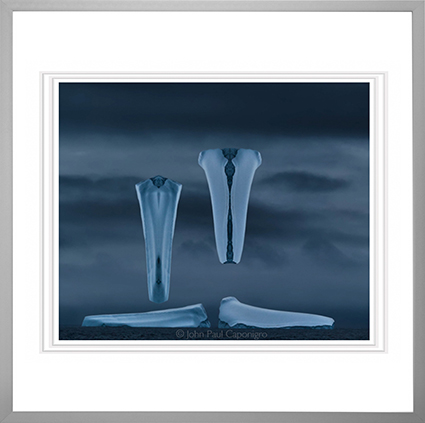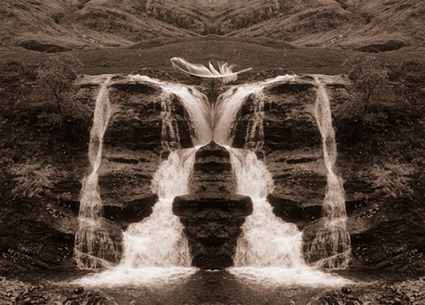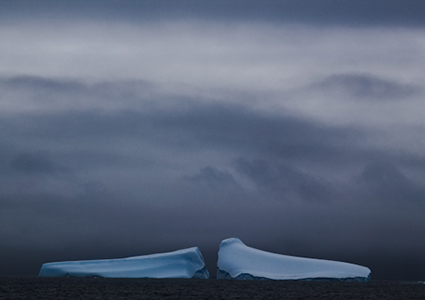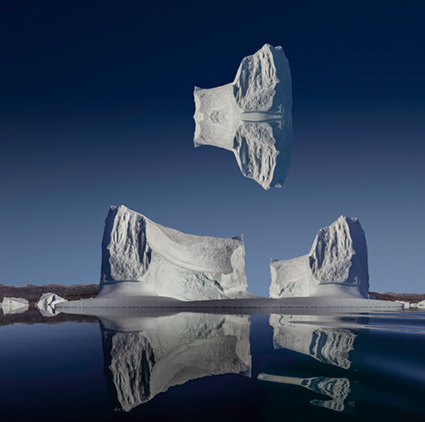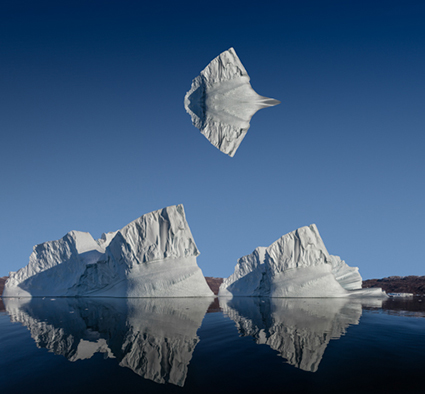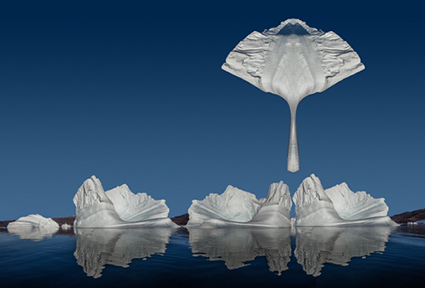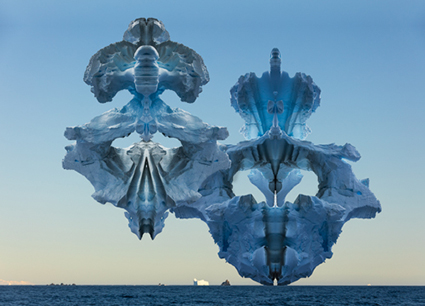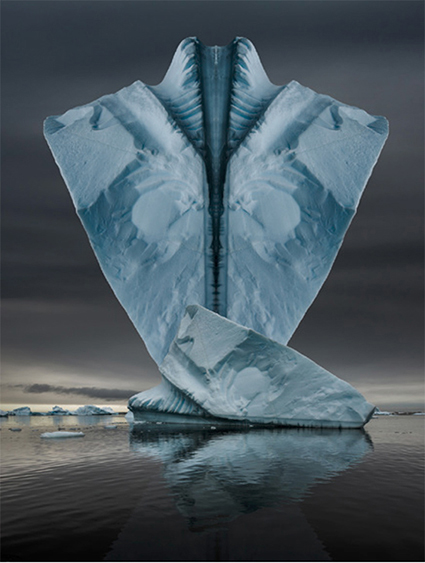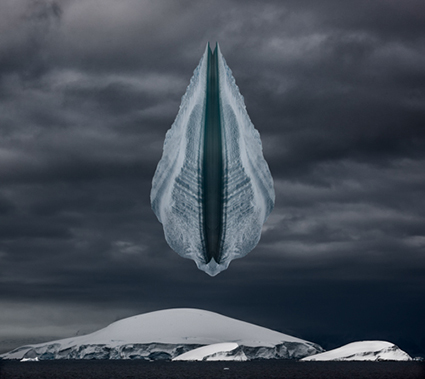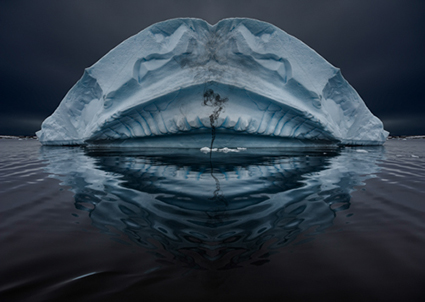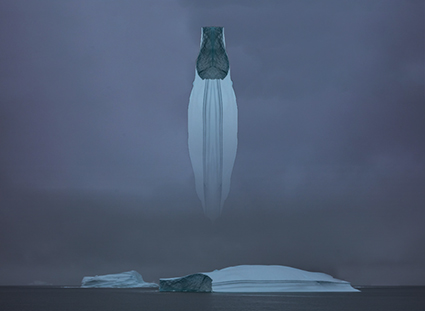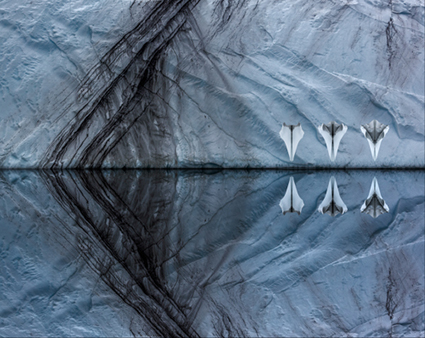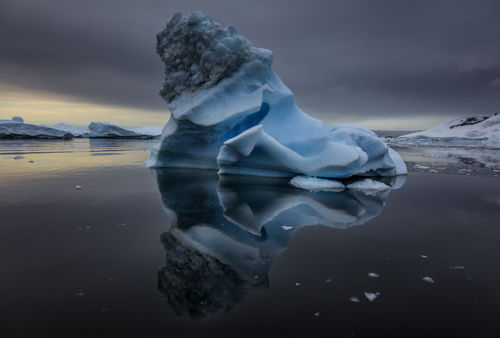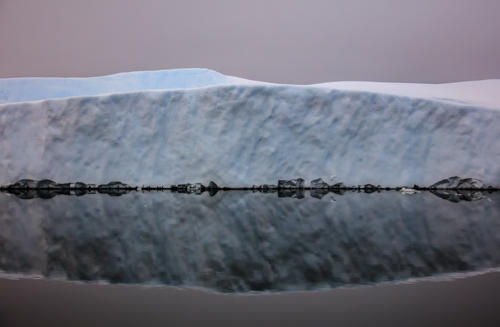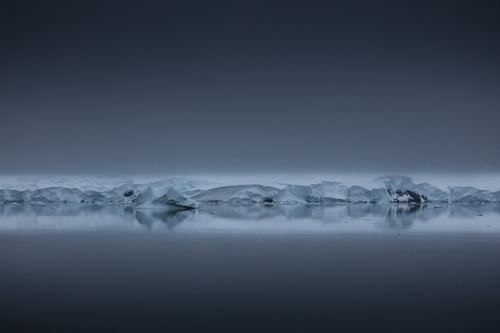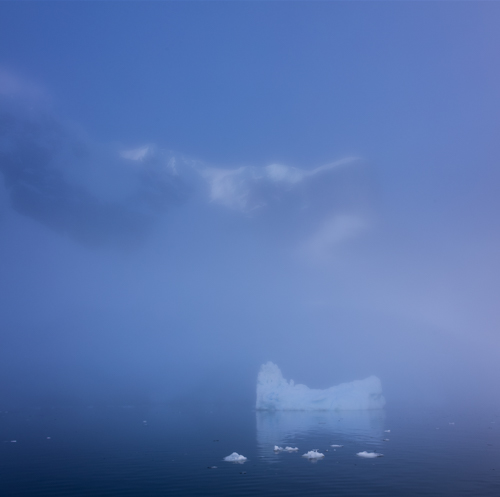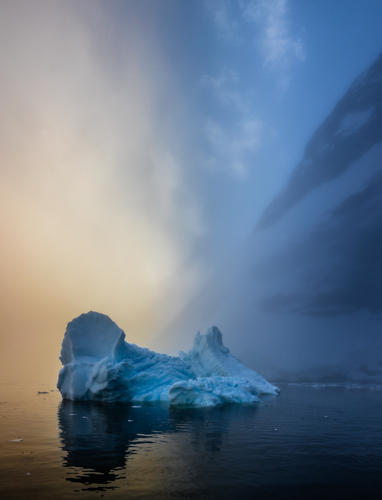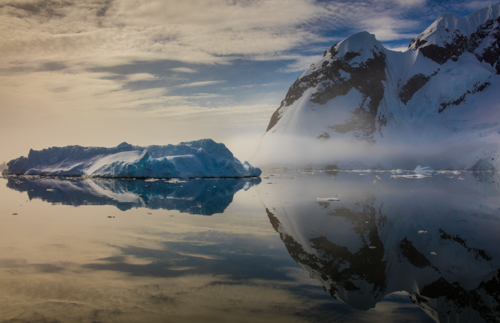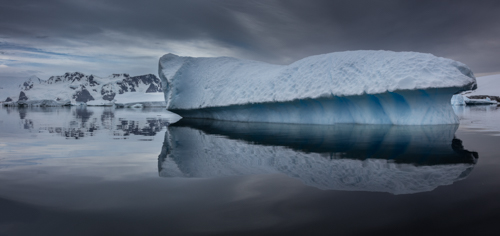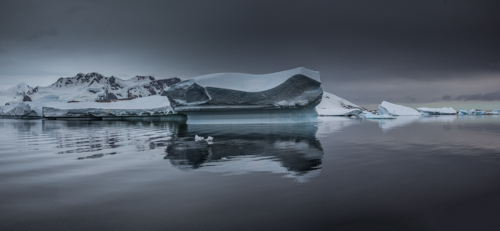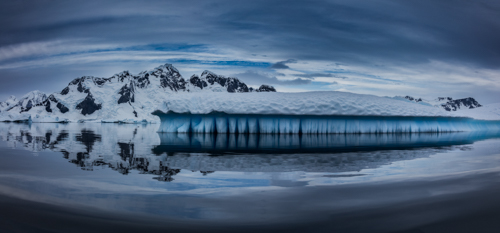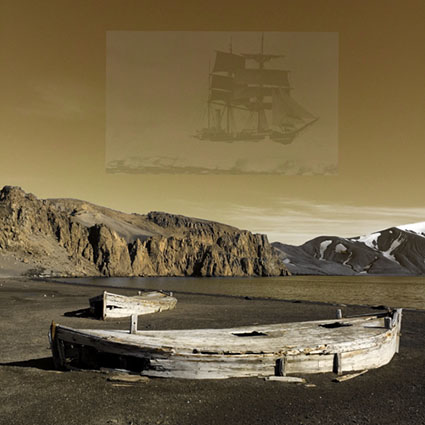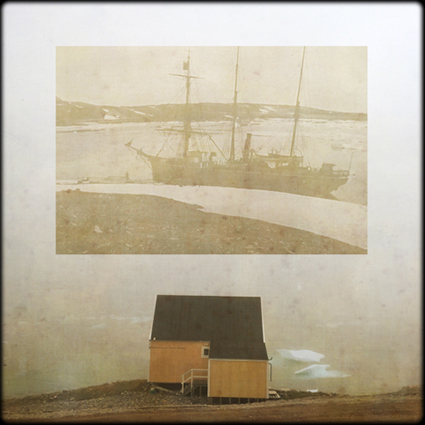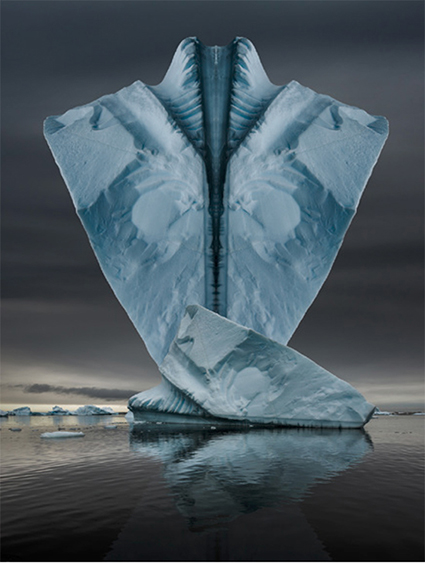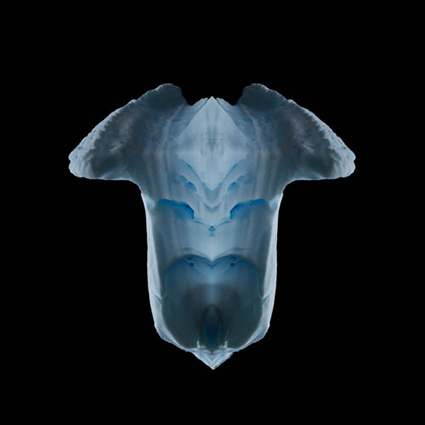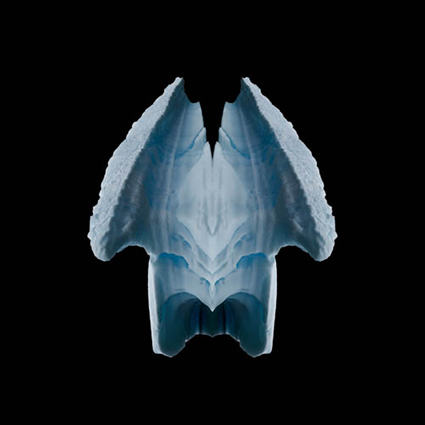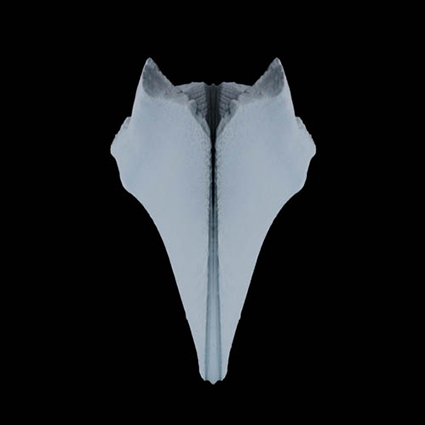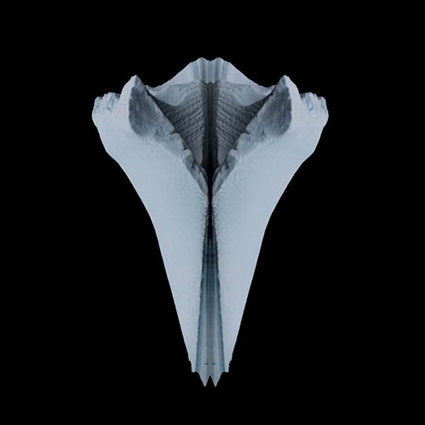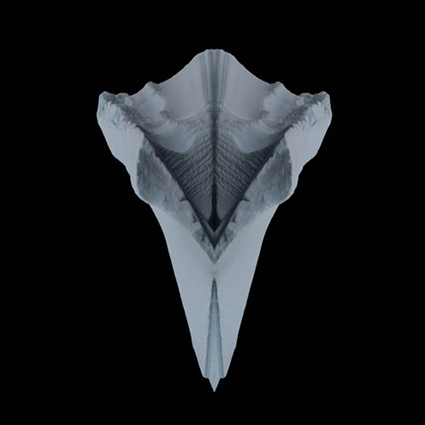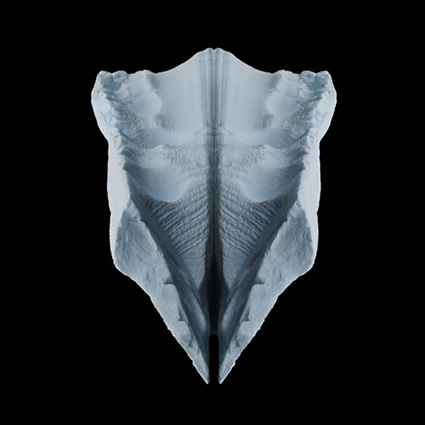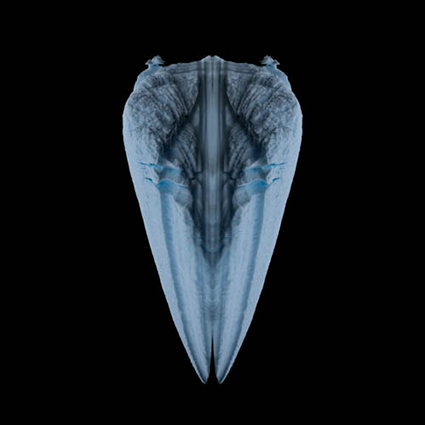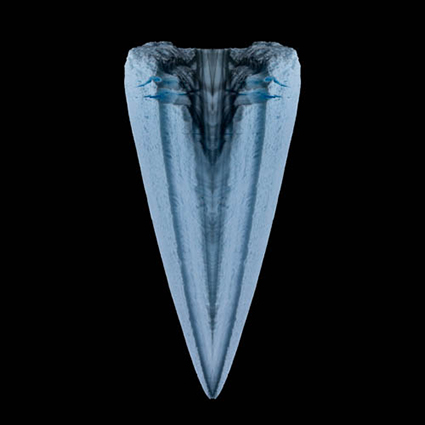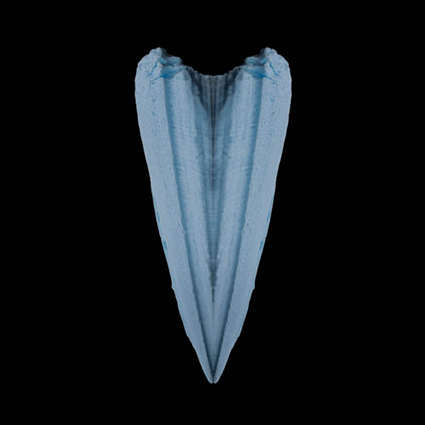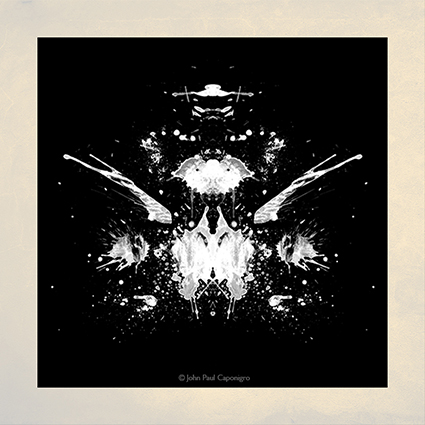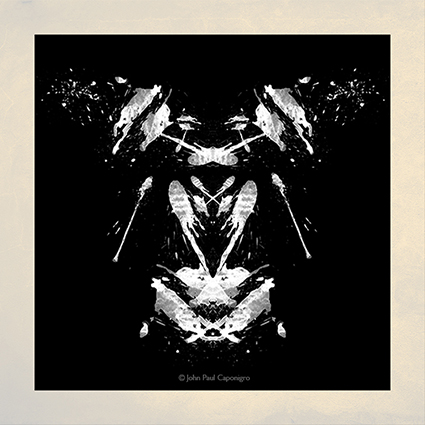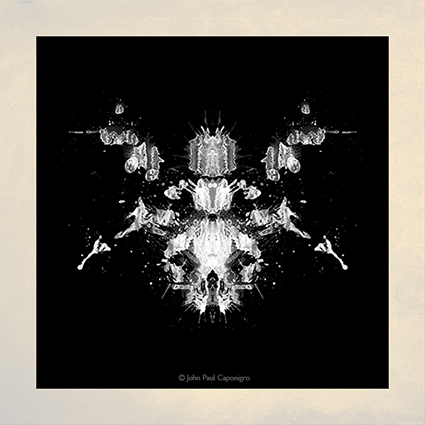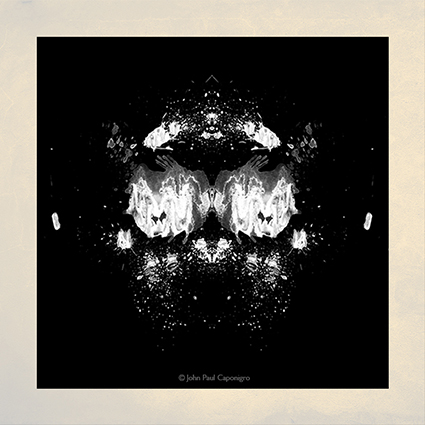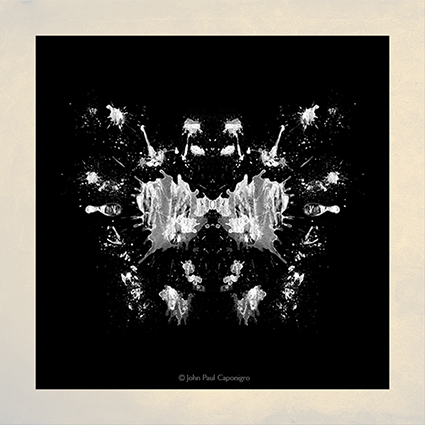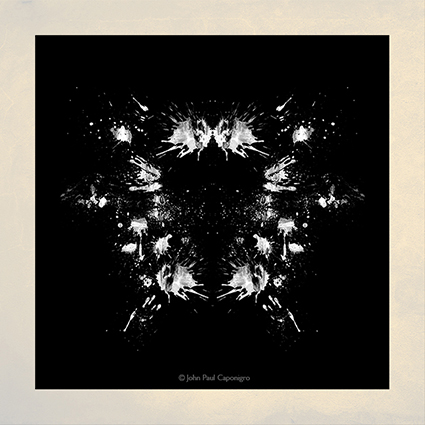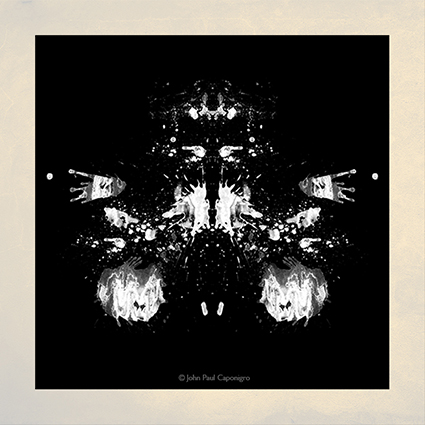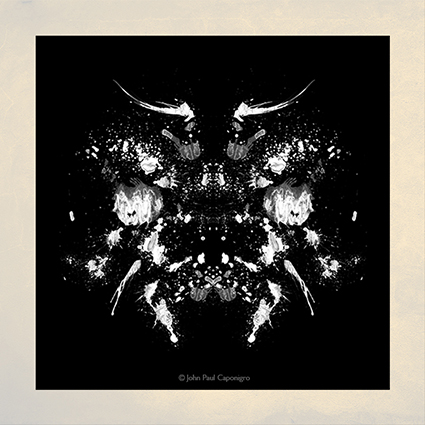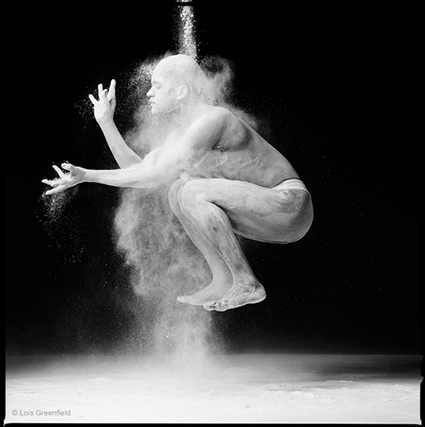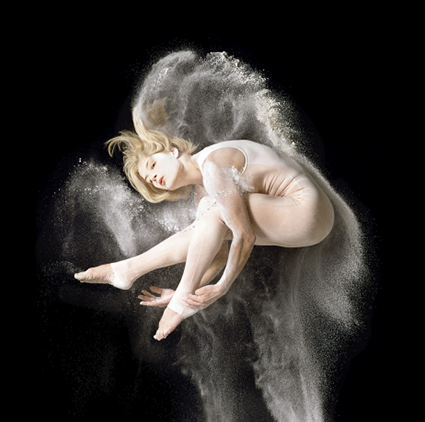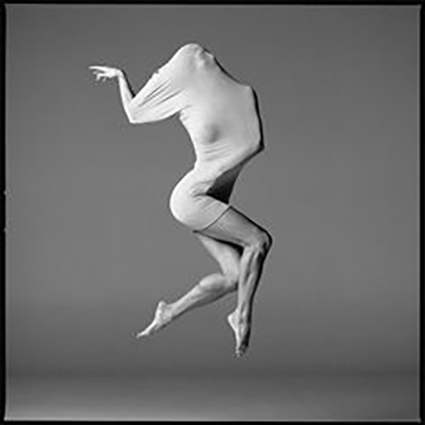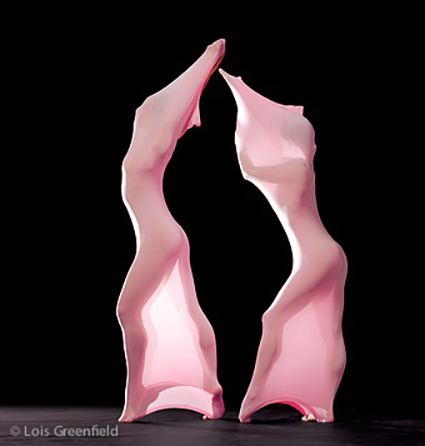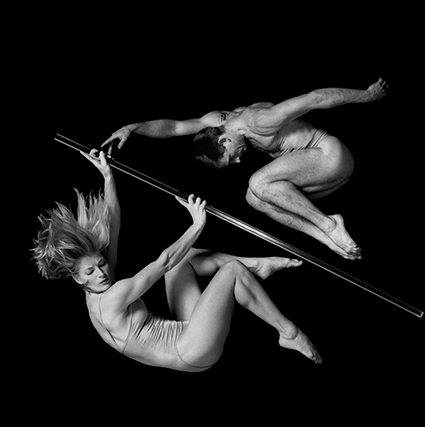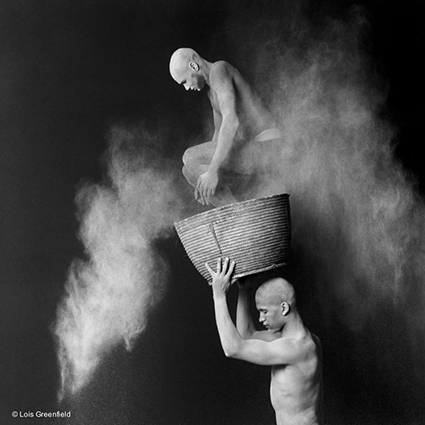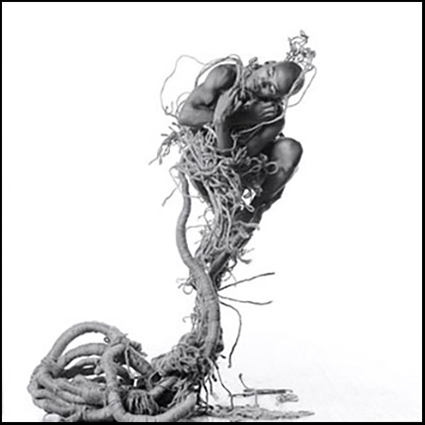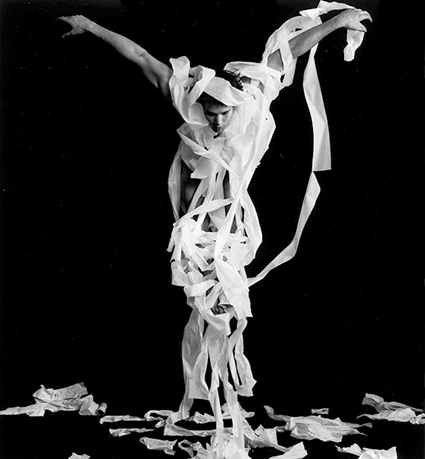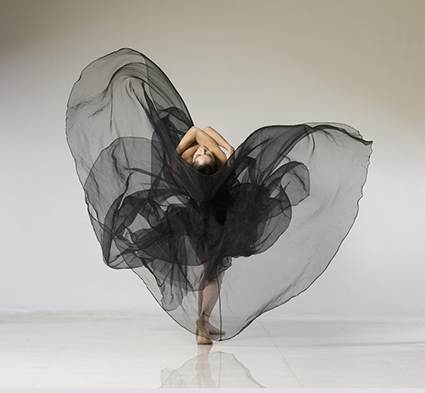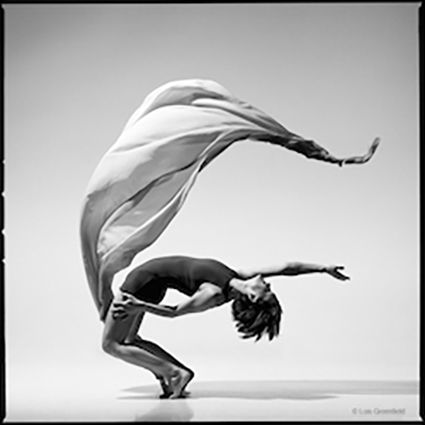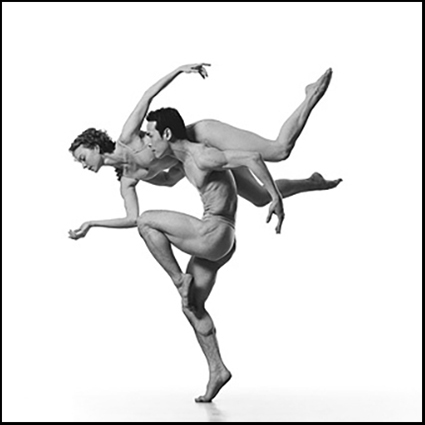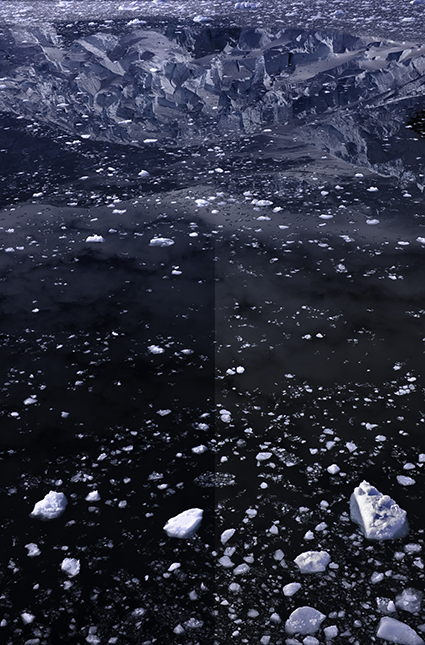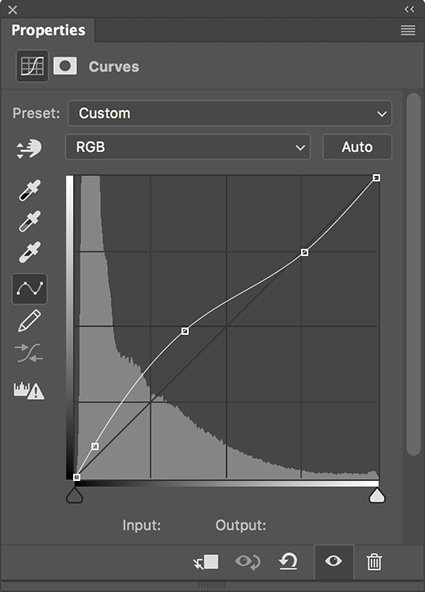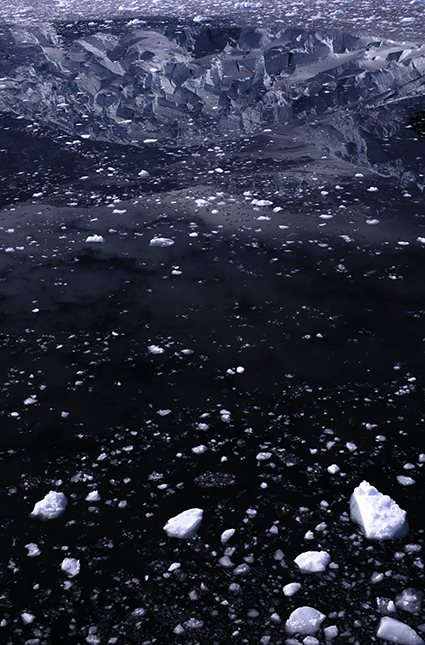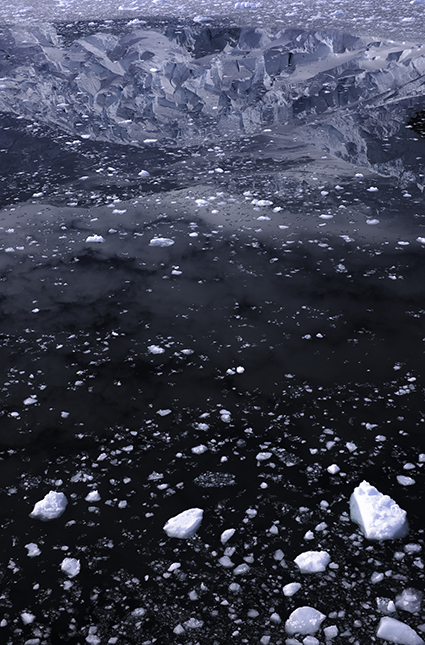Is It A New Or Updated Edition?
Digital technology offers interesting new possibilities for print editions.
The appearance of the print may change.
It has long been an accepted practice that artists will change the rendition of their images over time.
Ansel Adams famously remarked, “The negative is comparable to the composer’s score and the print to its performance. Each performance differs in subtle ways.” You can view the changes in Ansel Adams’ classic Moonrise Over Hernandez here. Some collectors search for the optimum print made in an artist’s lifetime, while others collect multiple prints to create a meaningful comparison.
The composition may change.
Similarly, it’s been accepted that a composition may vary if cropping is adjusted during printing, though typically this is a matter of fine tuning rather than dramatic change. Today, with composites, the composition may change by replacing components, often dramatically changing the composition.
I’ve released composited images and later changed the composition substantially.
In the following to image, Voyage Of Grace, the feather at the top of the waterfall was at the bottom of the waterfall in the first print sold. I chose not to start the edition again because it was not a substantially different statement. The one collector who has that print has a unique item with exceptional value. (I do offer print replacements for a fee, which the collector has not chosen to exercise.)
Find out more about this and related images here.
Updated Or New Edition ?
For me, the question of whether to replace one edition with another or to issue a new edition is an interesting one. It’s one that my father – a traditional analog photographer – and most photographers of his generation do not have to address. New possibilities bring new challenges.
There are times when related but distinctly different images warrant a new edition.
The following two images are made from separate single exposures of the same subject made at approximately the same time, but their compositions and intent are quite different; one is straight and representational, the other is composited and surreal.
View the straight series here.
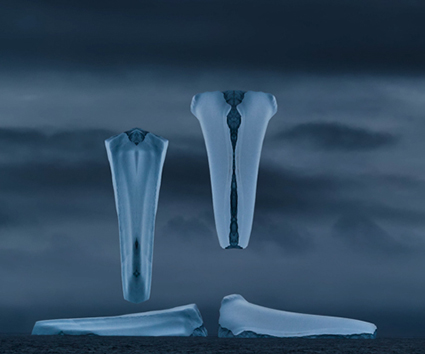
View the composited series here.
The two editions both complement and contrast with one another in ways that build value in each edition. In general, when you can align the interests of the artistic statement with the interests of the market, you’ve got a winning combination.
Find out more about my print editions here.
Sign up for my newsletter Collectors Alert here.
Download my free PDF on Editions here.
Learn more in my digital photography and digital printing workshops.


